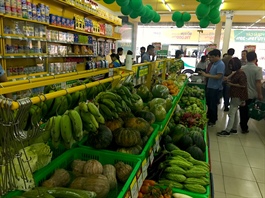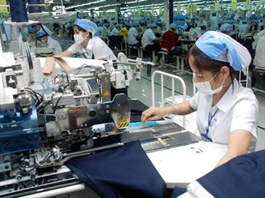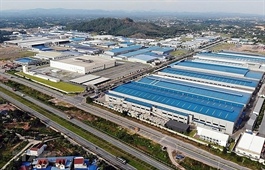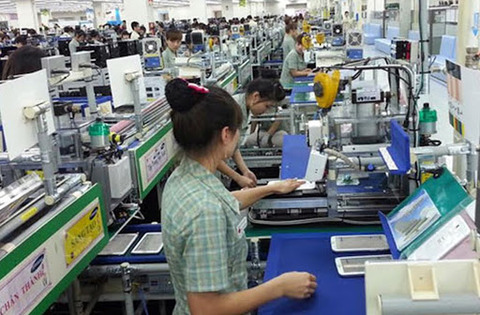Japanese businesses seek to take advantage of Viet Nam potential
Japanese businesses seek to take advantage of Viet Nam potential
Japanese enterprises are expanding investment in sectors that are seen to have growth potential in Viet Nam, according to experts.
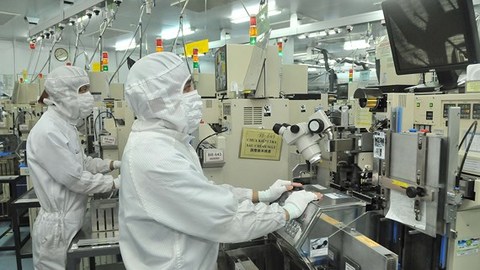
Japanese company Nikkiso Vietnam MFG Co.,Ltd last month decided to pour an additional US$3 million into its medical equipment factory at the Tan Thuan Export Processing Zone in HCM City.
The company said the money would be used to install more machinery and equipment to increase the production of blood tubing lines used for haemodialysis to 24 million a year.
Nikkiso Co., Ltd, the parent company, also has a factory to produce the lines in Thailand, but it decided to increase production in HCM City.
Many Japanese supporting-industry projects have been licensed this year in many localities in the south, including large ones such as Furukawa Automative Systems in Vinh Long ($48.8 million) to produce electric wires for cars.
In Dong Nai Province, SMC Manufacturing (Vietnam) Co., Ltd at the Long Duc Industrial Park, which produces automatic devices for offices, factories and warehouses, has increased its investment by $70 million.
Lixil Global Manufacturing Vietnam Co., Ltd has registered to increase its capital by $25 million, making it the largest Japanese company in the province.
Masahiko Makata, CEO of Long Duc Investment Co., Ltd., which builds the seven-year-old park’s infrastructure, said almost all the space has been leased out.
Many Japanese companies want to continue investing and the company seeks to expand the park in the second phase.
According to the Japan External Trade Organisation, of 30 companies selected by Japan’s Ministry of Economy, Trade and Industry from 124 applicants to receive support to expand in Southeast Asia, 15 chose Viet Nam to invest and expand production.
This was a testimony to Viet Nam’s attractiveness, Takeo Nakajima, chief representative of JETRO in Ha Noi, said. In the long term, they also aim to take advantage of the opportunities arising from the country’s free trade agreements.
Takeo said the process of diversifying value chains by the Japanese enterprises began a while ago, and the COVID-19 pandemic requires firms to diversify production to two to three destinations to avoid supply chain disruptions though production costs might rise as a result.
Japanese firms established supply chains in China and South Korea, and expanded in recent years to Southeast Asia, which is an important investment destination, he said.
The Japanese Government has earmarked 70 billion yen (US$653 million) to support firms that diversify their supply chain out of China.
Experts said this would help boost investment by Japanese firms in Viet Nam.
Japanese investments are expected to flow into sectors like medical equipment, agricultural and food processing, agriculture, education, and manufacturing, they said.





